Dinosaurs ruled the Earth for over 160 million years. While these magnificent creatures are long gone, many modern-day reptiles share a close evolutionary relationship with dinosaurs, offering us a glimpse into the past. These living relatives help scientists understand more about dinosaur behavior, physiology, and appearance. Plus, they’re fascinating. You can imagine many of these creatures roaming the earth and the waterways right alongside the dinosaurs.
Crocodiles
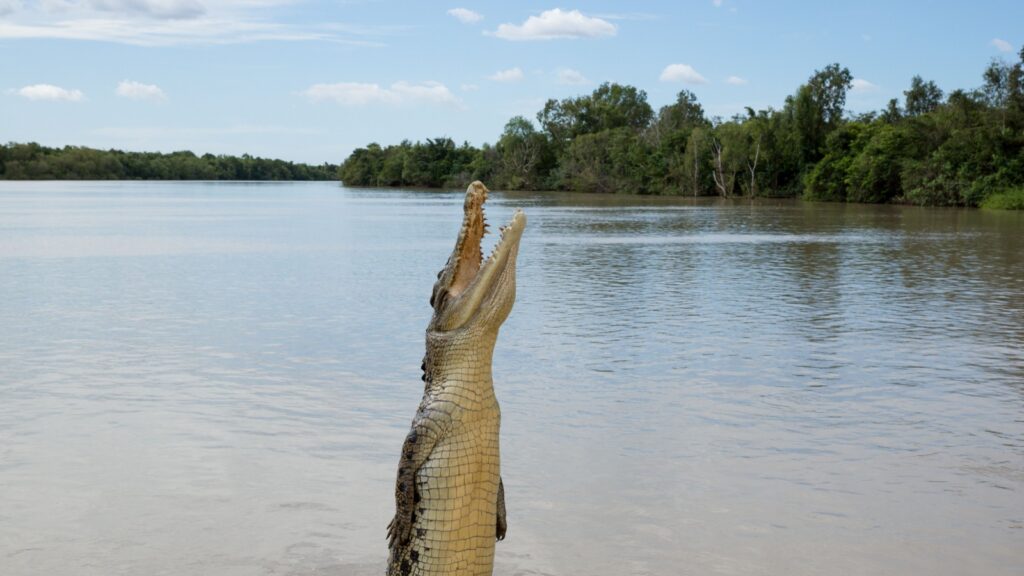
Crocodiles are the closest living relatives of dinosaurs. These ancient predators have remained largely unchanged for over 200 million years. Crocodiles share a common ancestor with dinosaurs and pterosaurs, making them a living link to prehistoric times. Their powerful jaws, scaly skin, and aquatic lifestyle offer insights into how some dinosaurs may have lived and hunted.
Alligators
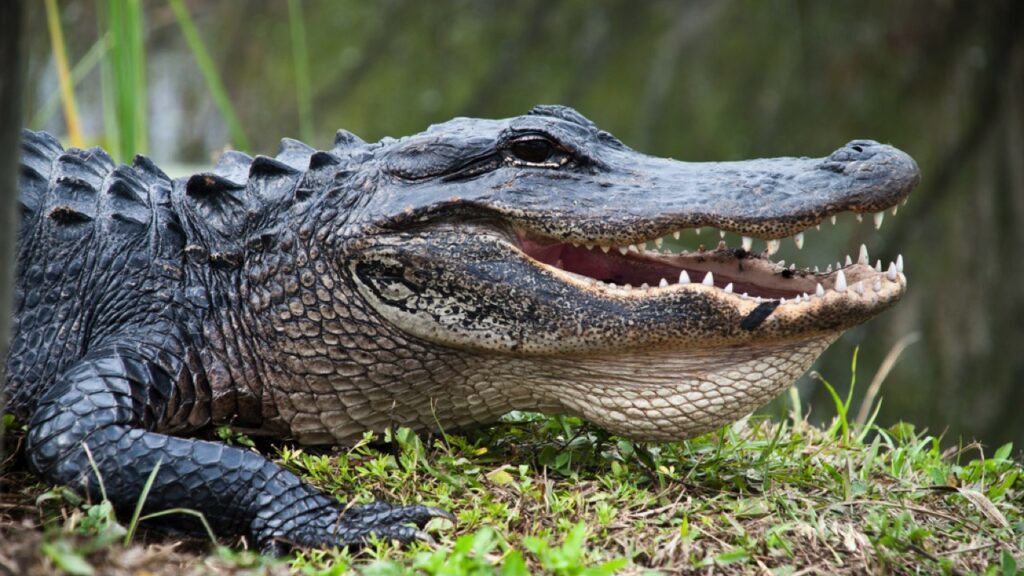
Like their crocodile cousins, alligators are closely related to dinosaurs. These formidable reptiles have survived relatively unchanged since the time of the dinosaurs. Alligators possess many features similar to their ancient relatives, including armored skin and powerful tails. Their successful adaptation to various environments mirrors the versatility of many dinosaur species.
Tuatara

The tuatara is often called a “living fossil” due to its ancient lineage. Native to New Zealand, this reptile is the only surviving member of the order Rhynchocephalia, which dates back to the time of the dinosaurs. Tuataras have unique features like a third eye and teeth fused to their jawbone, offering a glimpse into reptile evolution during the age of dinosaurs.
Komodo Dragons
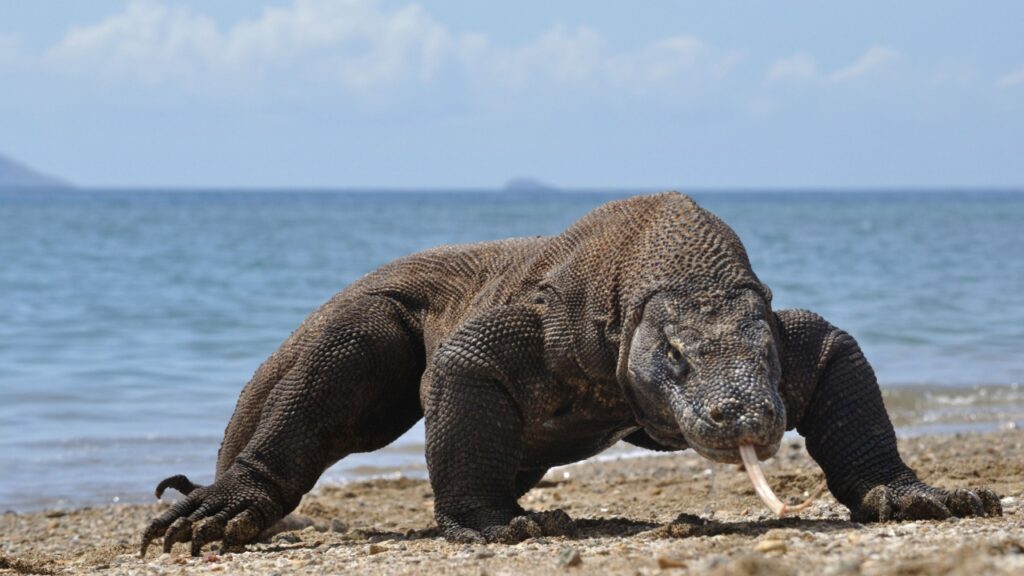
As the largest living lizards, Komodo dragons share some similarities with their dinosaur ancestors. These powerful predators have a keen sense of smell and can take down large prey, much like some carnivorous dinosaurs. Komodo dragons’ hunting strategies and physical adaptations provide clues about how smaller theropod dinosaurs might have behaved.
Marine Iguanas

Found only in the Galapagos Islands, marine iguanas are unique among modern lizards. Their ability to dive and feed underwater is reminiscent of some marine reptiles that lived alongside dinosaurs. Marine iguanas’ adaptation to a semi-aquatic lifestyle offers insights into how some dinosaurs might have transitioned between land and sea.
Bearded Dragons
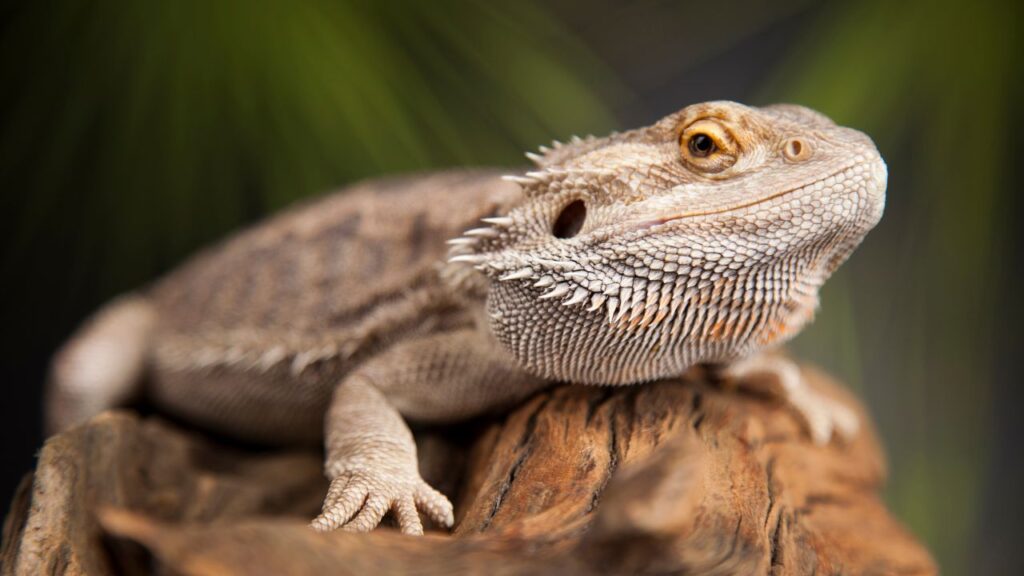
Bearded dragons, with their spiky scales and prehistoric appearance, remind us of their dinosaur ancestry. These popular pet lizards share some physical traits with certain dinosaur species. Their head bobbing and arm-waving behaviors might even reflect communication methods used by their ancient relatives.
Geckos
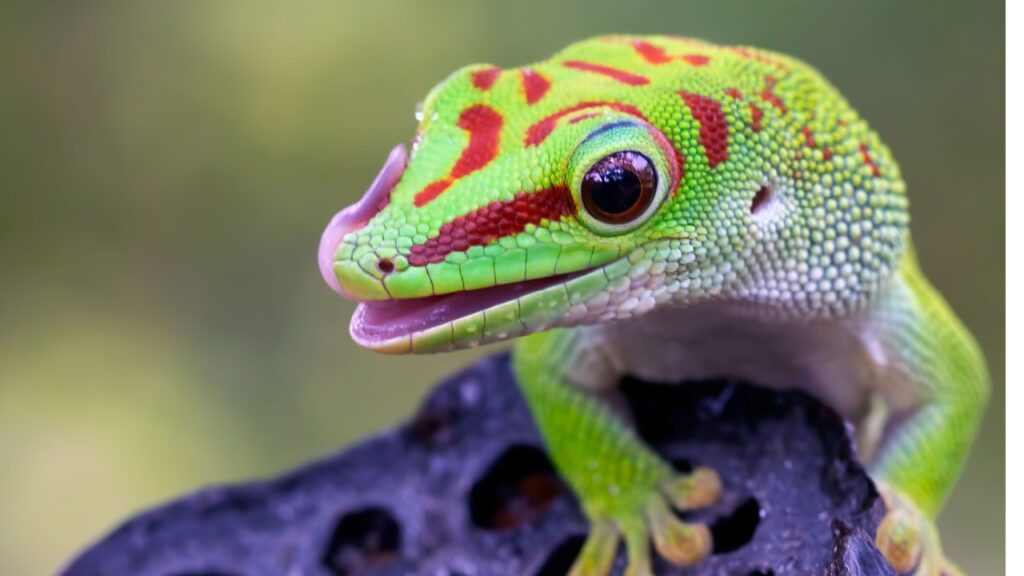
While geckos might seem far removed from dinosaurs, they share a common reptilian ancestor. Geckos’ ability to climb vertical surfaces and their varied adaptations to different environments showcase the diversity of reptile evolution. Some of their unique features, like specialized toe pads, may have analogues in certain dinosaur species.
Monitor Lizards

Monitor lizards, including the Komodo dragon’s smaller relatives, are among the most intelligent living reptiles. Their problem-solving abilities and active hunting styles are reminiscent of some theropod dinosaurs. Monitor lizards’ varied diets and adaptability offer clues about the success of their ancient relatives.
Snapping Turtles
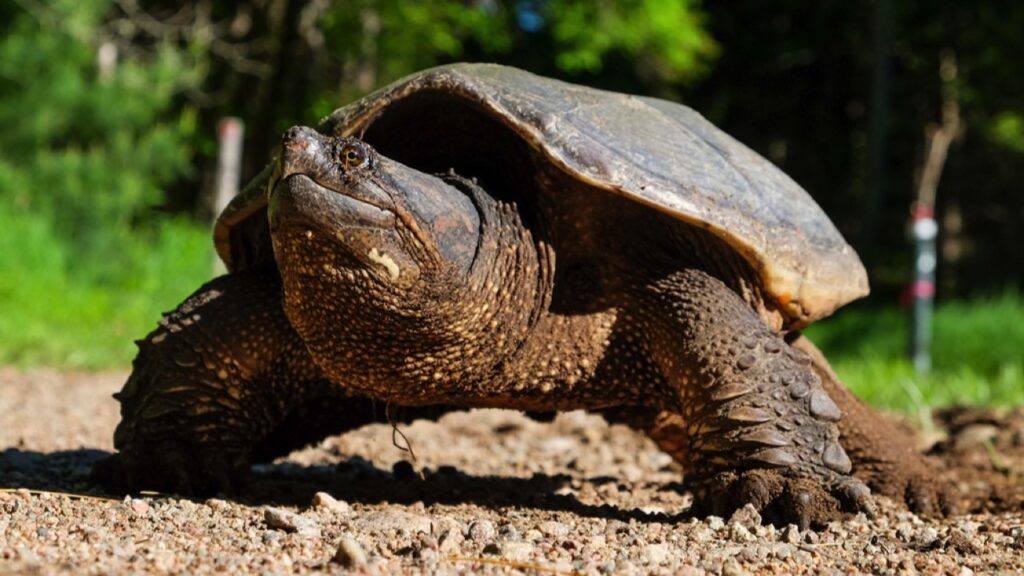
Snapping turtles, part of the ancient turtle lineage, share a distant connection to dinosaurs. Their aggressive demeanor and powerful jaws are reminiscent of some prehistoric reptiles. Snapping turtles’ longevity and adaptability to various aquatic environments reflect the resilience of ancient reptile species.
Caimans

Caimans, close relatives of alligators, are another group of living reptiles with strong ties to the dinosaur era. These South American crocodilians have many features in common with their prehistoric ancestors. Caimans’ hunting techniques and social behaviors provide valuable insights into the lives of ancient reptiles.
Green Sea Turtles

Sea turtles, including the green sea turtle, have ancient roots that stretch back to the time of dinosaurs. Their streamlined bodies and flipper-like limbs evolved from land-dwelling ancestors. Sea turtles’ long-distance migrations and underwater adaptations offer a window into how some marine reptiles lived alongside dinosaurs.
Horned Lizards

Horned lizards, with their distinctive spiky heads, bear a resemblance to some horned dinosaurs. While not direct descendants, these lizards showcase how defensive adaptations have evolved in reptiles over millions of years. Horned lizards’ unique blood-squirting defense mechanism demonstrates the diverse survival strategies developed by reptiles since the age of dinosaurs.



